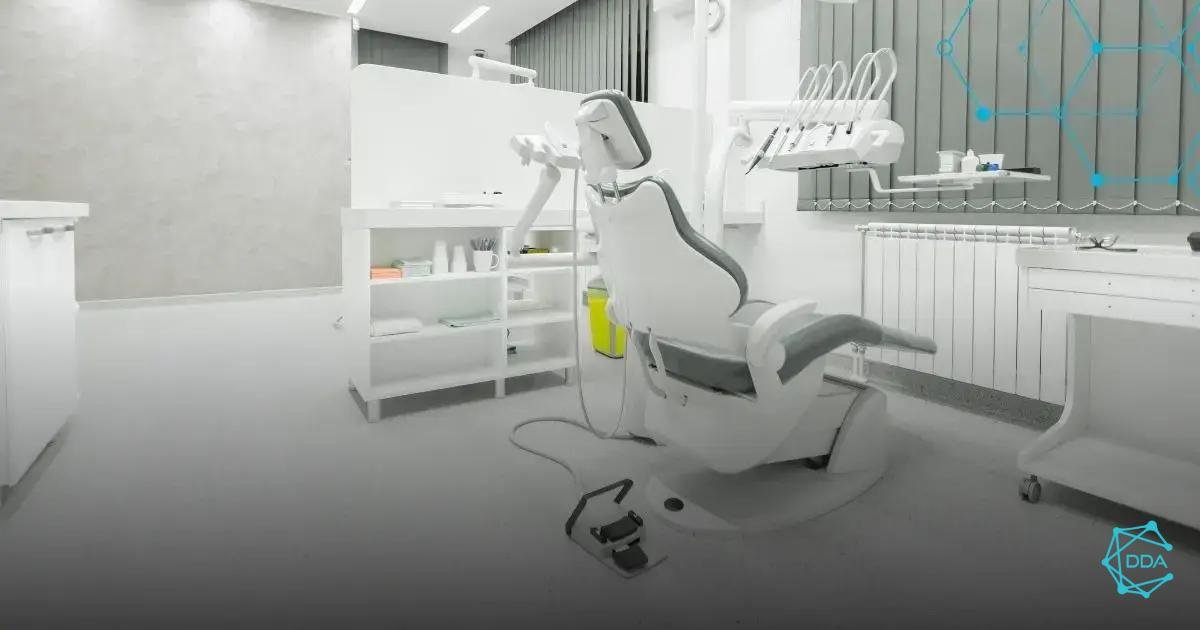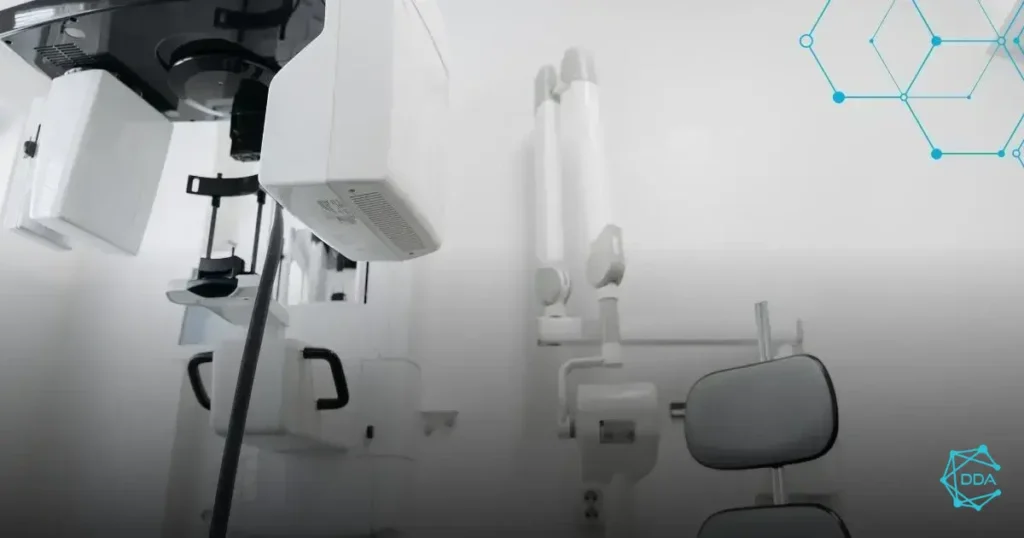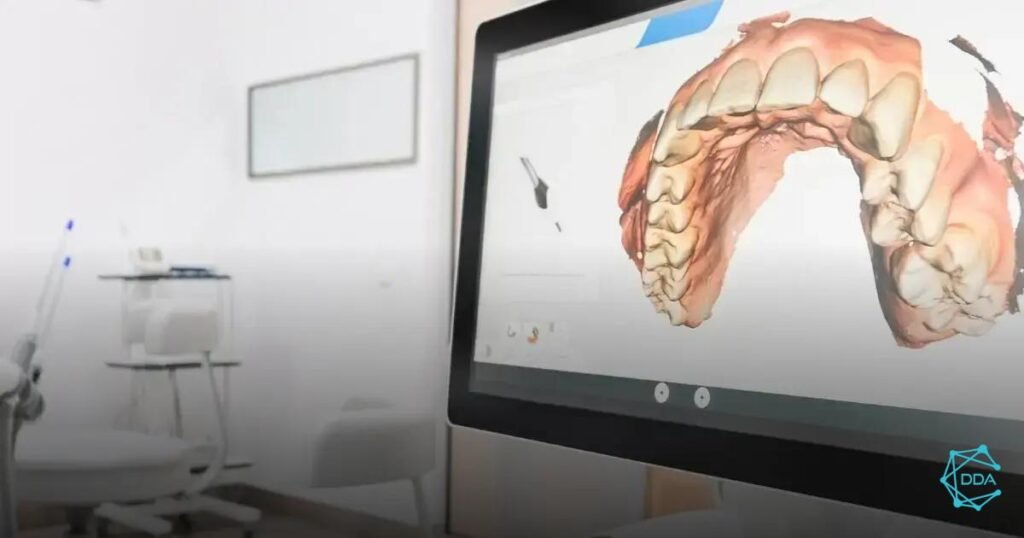3D Printer Dental Prosthesis
The use of 3D printers in the production of dental prosthetics is a significant advance in the field of dentistry. This innovative technology has revolutionized the way dental professionals design and manufacture dentures, offering numerous advantages in terms of precision, customization and efficiency. In this article, we will explore how 3D printing is being applied in the production of dental prosthetics, the materials used, success stories, challenges faced and future developments of this technology. Through this analysis, it will be possible to understand the significant impact that 3D printers are having on the dental sector, and how they are driving advances in the creation of high-quality dental prosthetics.


3D Printing Technology
3D printing technology has revolutionized the way products are manufactured, allowing the creation of three-dimensional objects from digital models. 3D printers use different types of materials, such as plastic, metal and ceramics, to create complex parts with high precision.
Operation
The operation of 3D printers is based on adding layer by layer of the chosen material, according to the specifications of the digital model. This additive manufacturing process allows the production of customized parts and prototypes quickly and efficiently.
applications
3D printers have been widely used in various sectors, such as medicine, engineering, architecture and industry. They enable the creation of medical prosthetics, aviation parts, architectural models and much more, contributing to the innovation and optimization of production processes.
- Medicine: Prosthetics and anatomical models;
- Engineering: Rapid prototyping and customized parts;
- Architecture: Models and 3D models;
- Industry: Machine and tool components.
Environmental impact
3D printing technology also has the potential to reduce material waste by enabling on-demand manufacturing and the use of recyclable materials. This contributes to sustainability and reduced environmental impact in production processes.
In summary, 3D printing technology represents a significant advance in the manufacturing of parts and products, offering countless possibilities for creating personalized objects and innovative solutions in various sectors.


Materials Used
In 3D printing, a variety of materials can be used to create three-dimensional objects. These materials are essential for the production of parts with different physical properties and characteristics. Choosing the appropriate material depends on the specific needs of the project and the desired properties of the final product.
Plastic Materials
Plastics are the most common materials used in 3D printing. Among them, PLA (polylactic acid) stands out for its ease of printing, low cost and biodegradability. ABS (Acrylonitrile Butadiene Styrene) is known for its durability and heat resistance and is often used in industrial applications.
Metallic Materials
3D printing also allows the use of metallic materials such as stainless steel, aluminum and titanium. These materials offer high strength and durability and are widely used in the manufacture of parts for the aerospace, automotive and engineering industries.
Composite Materials
In addition to plastics and metals, composite materials, such as carbon fiber and glass filaments, are used to print parts that require high strength and lightness. These materials are ideal for applications in the sports, high-performance automotive and aerospace industries.
- PLA: Easy to print, low cost and biodegradable.
- ABS: Durable, heat resistant and widely used in industrial applications.
- Stainless steel: Offers high resistance and durability.
- Aluminum: Lightweight and widely used in the aerospace industry.
- Titanium: Known for its resistance and lightness, ideal for high performance applications.
- Carbon fiber: It offers high resistance and lightness, ideal for sports and high-performance applications.
- Glass Filaments: Used to print parts that require strength and durability.
This variety of materials used in 3D printing offers flexibility and versatility in manufacturing parts for different sectors and applications, driving innovation and the development of personalized products.


Success Stories
The implementation of 3D printing technology has provided significant advances in several areas, resulting in success stories that demonstrate the revolutionary potential of this innovative process.
Applications in Medicine
One of the areas most impacted by 3D printing is medicine, where it has been possible to create personalized prosthetics, modeling organs for surgical planning and even the production of personalized medicines.
Aerospace Industry
In the aerospace sector, 3D printers have enabled the manufacture of lighter and more resistant components, contributing to the development of more efficient and economical aircraft.
Architecture and Construction
Architecture and construction have also benefited, with the ability to print complex architectural models and even structural parts, speeding up the prototyping process and reducing waste.
These are just a few examples that illustrate the positive impact of 3D printing technology on different sectors, demonstrating its transformative potential and innovative applications.


Challenges and Future Evolutions
3D printer technology has advanced significantly in recent years, however, it still faces challenges that need to be overcome to reach its full potential. Furthermore, there are several areas that can be improved to drive future developments in this field.
Current Challenges
One of the main challenges facing 3D printing technology is production speed. Although it has advanced, the printing speed is still relatively slow compared to other manufacturing methods. Furthermore, the accuracy and quality of printed parts are also constantly evolving issues.
Another significant challenge is the variety of materials available for 3D printing. Although there have been advances in material diversity, there are still limitations in terms of strength, durability and functionality compared to traditional materials.
Future Evolutions
To drive the advancement of 3D printing technology, it is essential to invest in research and development of new materials and printing processes. The integration of new materials, such as high-performance metals and advanced composites, can significantly expand the applications of 3D printing in diverse sectors, including aerospace, automotive and medical.
Furthermore, improving printing speed and part quality is essential to expanding the use of 3D printing on a large scale. Advances in printing technologies, such as the use of multiple materials and more efficient curing methods, can contribute to this progress.
Another promising area for future developments is mass customization, where 3D printing can play a key role in producing customized products cost-effectively and efficiently.







